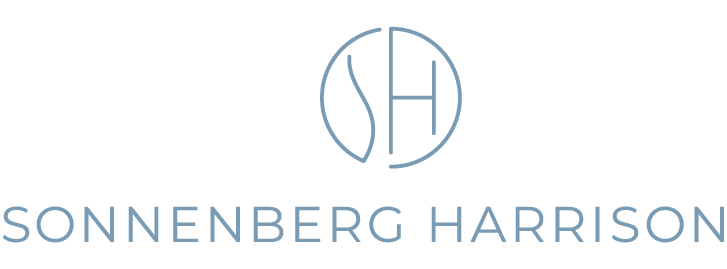Quantum technologies are a rapidly developing field of science and engineering that exploits the properties of quantum physics to perform tasks that would be impossible or impractical with classical physics. Quantum technologies include quantum simulation, quantum sensing and metrology, quantum computation, and quantum communication. However, quantum technologies also pose significant challenges to intellectual property (IP) protection and innovation policy. How can inventors and innovators protect their quantum inventions and benefit from their commercialization? How can patent offices and courts classify and examine quantum patents and resolve disputes over them? How can policymakers and regulators foster a balanced and sustainable quantum innovation ecosystem that promotes both competition and collaboration?
One way to address these questions is to classify the patent applications and produce a landscape of quantum technologies, i.e., to analyse the patenting trends, innovation patterns, and policy implications of quantum-related patents. The patent landscape study can provide insights into the state of the art, technological trajectories, market opportunities, key players, as well as the legal and ethical issues of a specific technical field.
In this blog post, we shall focus on one aspect of the patent landscape of quantum technologies: how are patents in quantum technology classified in the Cooperative Patent Classification (CPC)?
The CPC is a joint initiative of the European Patent Office (EPO) and the United States Patent and Trademark Office (USPTO) to harmonize their patent classification systems. The CPC is based on the International Patent Classification (IPC) but provides more granular and specific categories for different technologies. The CPC is divided into nine sections (A-H and Y). Each of the sections is further subdivided into classes, subclasses, groups, and subgroups, which are expanded as the technologies develop. Examiners at both the EPO and the US PTO classify the incoming patent documents into the different classes. Patent documents can also be re-classified as the classifications are re-defined.
The CPC has a dedicated section for physics (G), which covers many aspects about the use of quantum technologies, and electricity (H), which focuses more on the devices. However, other sections, such as B (Performing Operations and Transporting) and C (Chemistry) are also relevant. There is a further section Y which is designed for tagging of patent documents related to new technology developments, but this section has as yet no subclasses directly relevant to quantum technologies. Within these sections, there are several subclasses that relate clearly to quantum technologies, such as quantum computing (G06N10), quantum cryptography and communication (H04L9/0852 + subclasses /0855 and /0855) as well as B82Y20 for nanooptics. However, not all relevant quantum patents will fall under these subclasses.
Further relevant subclasses include B82Y10 directed to nanotechnology for information processing, storage, or transmission, B82Y40 for the manufacture or treatment of nanostructures, as well as H01L33 which includes a variety of further subclasses for quantum devices.
In addition to using the CPC classification to search for patent documents, it is advisable to supplement the search with keywords typically used to describe quantum systems that are included in at least the title, abstract or claims (TAC). Such keywords include “quantum”, “entanglement”, and “superposition”.
Both methods, keywords, and classification searches, result in both false positives or false negatives, i.e., patent documents that are not relevant or relevant but not retrieved. Therefore, a final manual screening is necessary to verify the relevance and validity of the retrieved patent documents.
At Sonnenberg Harrison, we have extensive experience in patent searching and creating patent landscape studies, not just in the quantum field. Please feel free to get in touch if you have any questions.



